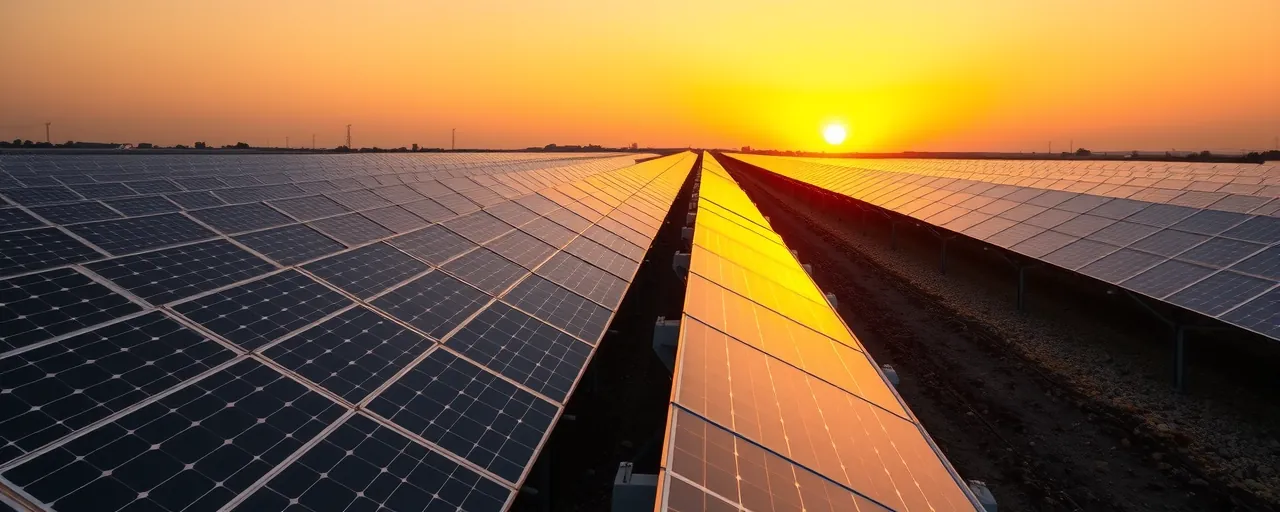A Policy Shift Sparks Tension
America’s energy sector faces a reckoning. In early 2025, the Trump administration began auditing billions in federal energy grants, zeroing in on clean-energy programs. With roughly 300 grants under review, the move aims to steer funding toward fossil fuels, igniting a fierce debate about innovation, accountability, and the nation’s energy path.
The audits have already canceled two grants worth $6.8 million to the Rocky Mountain Institute and attempted to halt $20 billion in Greenhouse Gas Reduction Fund awards. Legal challenges have pushed back, with courts reinstating some funds. These actions mark a stark departure from prior policies, raising questions about how federal money shapes energy progress.
For many, this hits close to home. It’s about energy bills, job security, and climate goals. The audits have split opinions, with some praising them as fiscal discipline and others warning they could stall critical advancements. To grasp what’s at stake, we need to explore the role of grants and the forces behind this shift.
Energy grants don’t exist in a vacuum. They’re part of a long history, from New Deal infrastructure to recent clean-energy surges. Each administration bends funding to its vision, and today’s audits reflect a pivot toward traditional energy. But what does this mean for the future?
The conversation isn’t just about policy wonks; it’s about real people. Workers in renewable energy, families eyeing utility costs, and communities banking on climate solutions all have skin in the game. Understanding this moment requires looking at the bigger picture.
Grants as Engines of Change
Federal energy grants have powered breakthroughs for decades. Since 2009, programs like ARPA-E have funded over 1,270 projects, from next-gen solar to smarter grids. Biden-era laws, like the Infrastructure Investment and Jobs Act, pumped $85 billion into clean energy, scaling up ideas like carbon capture and long-duration storage.
These investments spark private funding, create jobs, and cut emissions. Take weatherization assistance: $3.5 billion has helped low-income families lower energy costs. Or consider $6.4 billion in Civil Nuclear Credits, advancing nuclear innovation. Yet, some argue these grants tilt markets, favoring certain sectors over others.
The Trump administration sees a different priority. Its audits align with plans to cut $163 billion in non-military spending by 2026, including $15 billion in renewables. Resources are shifting to oil, gas, and coal, reflecting a belief in their reliability and economic weight. This contrast highlights a broader tug-of-war over energy’s future.
Clashing Visions, Common Ground
Some policymakers and industry voices back the audits, arguing that clean-energy grants have grown bloated, skewing markets. They advocate redirecting funds to fossil fuels and nuclear, emphasizing energy affordability and grid stability. Groups like the Edison Electric Institute support select incentives but push for less government meddling overall.
Clean-energy supporters, including community advocates and some Democrats, see grants as vital for jobs and climate progress. They point to programs like Solar for All, which boost local economies. Legal victories reinstating funds underscore their case, arguing that abrupt cancellations harm innovation and trust.
Courts have played a key role, often siding with grantees to restore funding. Inspector general reports show little evidence of widespread fraud, suggesting the audits may be more about policy than mismanagement. This clash raises a core question: how do we balance rigorous oversight with the need to nurture bold ideas?
What Lies Ahead
These audits are a turning point. Past administrations, from Roosevelt’s infrastructure boom to Biden’s clean-energy push, show how funding reflects priorities. Today’s reviews could reshape energy innovation, tilting the scales between accountability and ambition.
For everyday people, the stakes are tangible. Will energy costs climb? Will renewable jobs hold steady? The answers hinge on how leaders weigh oversight against investment in a world demanding new solutions.
As this debate unfolds, energy policy remains a crucible of ideas and values. The choices made now will echo, shaping how America powers its homes, businesses, and dreams for years to come.
